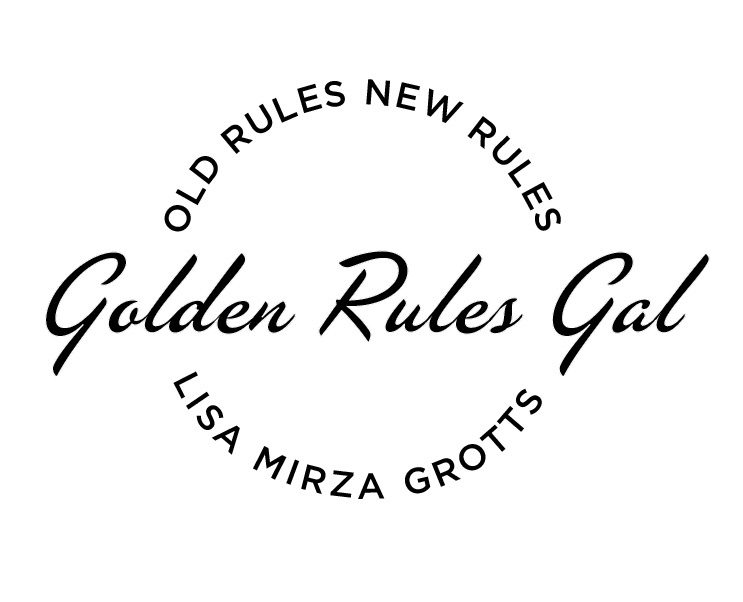We take the stars from heaven, the red from our mother country, separating it by white stripes, thus showing that we have separated from her, and the white stripes shall go down in posterity representing liberty.
—George Washington

Gold Medal Moguls Skier Hannah Kearney of the United States
Photo credits: Harry How/Getty Images
When George Washington was just sixteen years old, he compiled 110 rules on manners that were later published in a book entitled Rules of Civility & Decent Behavior In Company and Conversation. If they were good enough for young George, they’re good enough for us.
Some 250 years later, our country came under attack. Does anyone look at the American flag in the same way since September 11? Now, it’s even more important not to take the stars and stripes for granted. The Rule Code for Flags states “More than simply a piece of fabric, a national flag represents the nation as a whole, and is an important symbol of national identity.” Old Glory lines our streets on Veterans Day, the Fourth of July, and Memorial Day, but just how many of us really understand correct flag protocol?
Displaying the Flag Outside
- The American flag should be displayed between sunrise and sunset. If flown after dark, it must be illuminated.
- The flag should be raised briskly and lowered slowly, and we should salute the flag during both occasions. Members of the military and veterans should give a military salute; all others salute by placing their right hand over their heart.
- When carried in a procession, the flag should be to the right of the marchers.
- When more than one flag is displayed from the same flagpole, the flag of the United States must always be on top.
Displaying the Flag Inside
- When it’s displayed alone, the American flag should be positioned to the right of the speaker’s podium or entrance.
- When it’s on display with flags of other nations, the American flag should be to the right and the other flags to the left. When it’s on display with flags of states or other organizations, the flag should be at the center and the highest point.
- When the staff of another flag crosses that of the United States, the flag of the United States is placed on the right with its staff in front of the other flag.
Saluting the Flag
- When the American flag passes in a procession or when it’s hoisted or lowered, all observers should face the flag and salute with either a military salute (for members of the military either in or out of uniform, and veterans) or the civilian salute of the right hand over the heart.
- When the national anthem is sung, civilians should place the right hand over the heart; members of the military in uniform should give a military salute. All citizens should stand at attention and salute through the last note (hats off, please!).
Flying the Flag in Time of Mourning
- The flag is flown at half-staff only by order of the president of the United States or state governors.
- On Memorial Day, the flag is displayed at half-staff until noon and then raised to full staff until sunset.
- When used to cover a casket, the flag should be placed with the blue field covering the head and over the left shoulder of the casket. The flag is never lowered into the grave, but instead folded and given to a family member.
Treating the Flag with Respect
- The flag should not be used as a decoration of any kind (such as costumes or uniforms, or draping a speaker’s platform at a parade or convention).
- The flag should never touch the ground.
- An upside-down flag is a distress signal.
- Flags should be cleaned and mended when necessary. If too worn or dirty for service, the flag should be destroyed at a burning ceremony on Flag Day, June 14.
[author] [author_image timthumb=’on’]http://37.60.249.202/~expertet/wp-content/uploads/about-lisa.jpg[/author_image] [author_info]Lisa Mirza Grotts is a recognized etiquette expert, an on-air contributor, and the author of A Traveler’s Passport to Etiquette. She is a former director of protocol for the city and county of San Francisco and the founder and CEO of The AML Group (Lisagrotts.com), certified etiquette and protocol consultants. Her clients range from Stanford Hospital to Cornell University and Levi Strauss. She has been quoted by Condé Nast Traveler, InStyle magazine, the Los Angeles Times, and the New York Times. To learn more about Lisa, follow her on Twitter.com/LisaGrotts and Facebook.com/LisaGrotts
Follow Lisa Mirza Grotts on Twitter.[/author_info] [/author]
